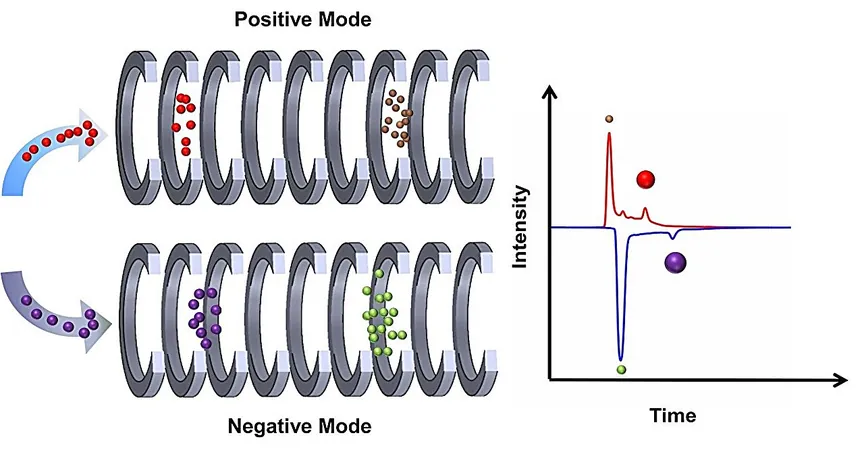
Groundbreaking Detection Technology Exposes Health Risks Linked to TNT Metabolites!
2024-10-09
Author: Emma
Introduction
A cutting-edge research team from the Hefei Institutes of Physical Science (HFIPS) under the Chinese Academy of Sciences has unveiled a revolutionary method for swiftly identifying toxic metabolites produced from the explosive compound 2,4,6-trinitrotoluene (TNT). This innovative technique can detect both positive and negative ions related to four hazardous metabolites, helping to pinpoint their presence in the human body and potentially saving lives by providing timely health alerts.
Health Risks of TNT Metabolites
Published in the prestigious journal *Talanta*, this research highlights an alarming health concern. TNT, widely used in military munitions and industrial applications, is not harmless. When it biodegrades due to the action of fungi and bacteria, it generates dangerous by-products, including 2-amino-4,6-dinitrotoluene (2-ADNT), 4-amino-2,6-dinitrotoluene (4-ADNT), 2,4-diamino-6-nitrotoluene (2,4-DANT), and 2,6-diamino-4-nitrotoluene (2,6-DANT). These metabolites pose serious health risks, making early detection essential—especially for individuals working in TNT manufacturing environments.
Advanced Detection Technology
Leading the charge is Prof. Huang Chaoqun and his dedicated team, who have harnessed advanced dual drift tube ion mobility spectrometry (DDT-IMS) technology. Their groundbreaking research demonstrated an effective dual-mode detection system that calculates the ion mobility of these metabolites while analyzing how drift tube temperature affects detection accuracy. Remarkably, they even evaluated the instrument’s response times for both detection modes to ensure rapid results.
Practical Applications
Utilizing urine samples, the researchers showcased the practicality and efficiency of DDT-IMS in pinpointing TNT metabolites within the complex biological matrices found in humans. This finding holds immense implications for occupational health and safety, as undetected metabolites could lead to severe long-term health issues for workers exposed to TNT.
Conclusion and Future Implications
Prof. Huang emphasized the transformative potential of this technology, suggesting that it could significantly enhance the assessment of environmental and biological risks associated with TNT. This breakthrough not only advances scientific understanding but also raises critical awareness regarding public health risks linked to explosive residues. As industry practices evolve, such innovations become essential in safeguarding the well-being of countless individuals.
Stay Tuned
Stay tuned as more developments emerge from this remarkable research!









 Brasil (PT)
Brasil (PT)
 Canada (EN)
Canada (EN)
 Chile (ES)
Chile (ES)
 España (ES)
España (ES)
 France (FR)
France (FR)
 Hong Kong (EN)
Hong Kong (EN)
 Italia (IT)
Italia (IT)
 日本 (JA)
日本 (JA)
 Magyarország (HU)
Magyarország (HU)
 Norge (NO)
Norge (NO)
 Polska (PL)
Polska (PL)
 Schweiz (DE)
Schweiz (DE)
 Singapore (EN)
Singapore (EN)
 Sverige (SV)
Sverige (SV)
 Suomi (FI)
Suomi (FI)
 Türkiye (TR)
Türkiye (TR)